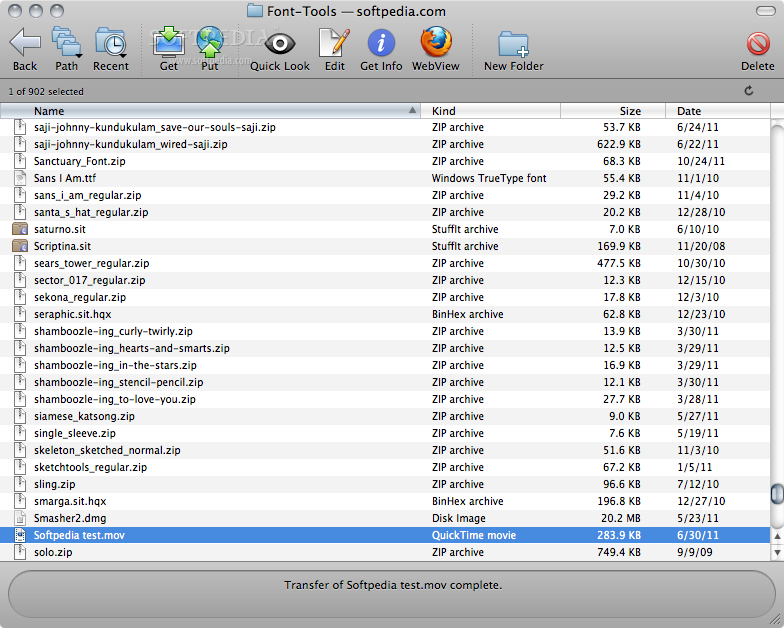
In New Zealand, it is estimated that there are 69 CAM modalities available. CAM modalities are divided into five main categories by the American National Center for Complementary and Integrative Health: alternative medical systems, biologically based treatments, manipulative and body-based methods, mind-body interventions, and energy therapies.

Up to 58% of GPs and Plunket nurses wanted to receive further education on CAM, and up to 66.7% GPs favour the idea CAM should be included in medical curriculums.Ĭomplementary and alternative medicine (CAM) is an umbrella term describing a range of health systems, modalities, and practices that are not generally considered part of conventional medicine. GPs believe that acupuncture is the most helpful CAM modality, and most commonly practiced and referred patients to acupuncture. When treating pregnant women, 48.4% of physiotherapists practise acupuncture, and 37.3% of midwives recommend CAM. Findings indicated that around 25% of GPs practise CAM, and 82.3% refer patients to CAM practitioners. New Zealand healthcare professionals were generally positive regarding CAM use, but have concerns on the scientific evidence, regulation, safety, financial costs of CAM, and encourage an evidence-based CAM practice and stronger CAM regulation. The Creative Commons Public Domain Dedication waiver ( ) applies to the data made available in this article, unless otherwise stated in a credit line to the data.Įleven studies (two of ‘high-quality’, seven of ‘moderate-quality’, and two of ‘low-quality’) were identified with 2060 healthcare professionals including general practitioners (GPs), nurses, midwives, pharmacists, physiotherapists, and medical specialists. If material is not included in the article's Creative Commons licence and your intended use is not permitted by statutory regulation or exceeds the permitted use, you will need to obtain permission directly from the copyright holder. The images or other third party material in this article are included in the article's Creative Commons licence, unless indicated otherwise in a credit line to the material.

Open AccessThis article is licensed under a Creative Commons Attribution 4.0 International License, which permits use, sharing, adaptation, distribution and reproduction in any medium or format, as long as you give appropriate credit to the original author(s) and the source, provide a link to the Creative Commons licence, and indicate if changes were made.


 0 kommentar(er)
0 kommentar(er)
